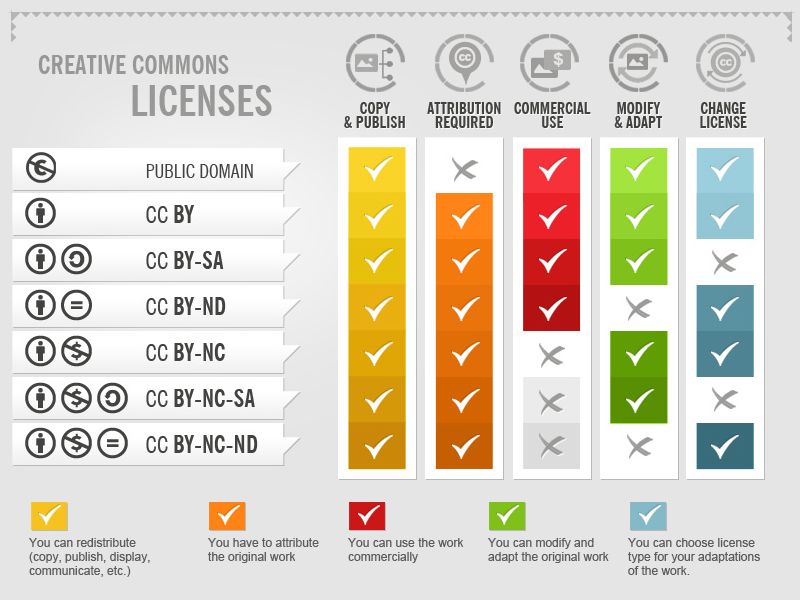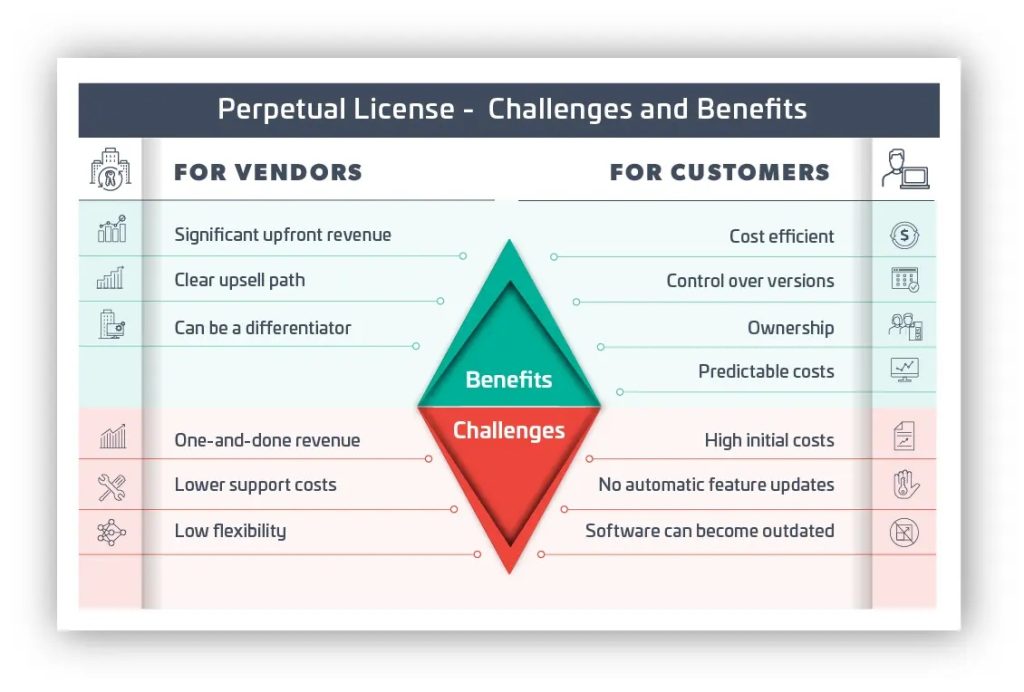In today’s digital age, content creators have various opportunities to share their work with the world. One of the key decisions they face is choosing the right content licensing option. With so many choices available, it can be difficult to determine which model best aligns with your goals, whether you’re an artist, writer, or developer. In this article, we’ll provide a comparison of content licensing options, highlighting the benefits and drawbacks of each, so you can make an informed decision for your creative work.
1. Creative Commons Licensing
When it comes to content licensing, Creative Commons licenses are among the most popular choices. These licenses allow creators to give others permission to use their work under specific conditions, such as attribution, non-commercial use, or no derivatives.
The major advantage of Creative Commons is its flexibility. It provides a range of licenses—from those that allow free use with minimal restrictions to those that limit use to certain purposes. A comparison of content licensing options that include Creative Commons makes it clear that this option is ideal for creators who want to encourage the widespread use of their work while still maintaining some control.
However, the downside is that it may not be suitable for creators who want to monetize their work in more traditional ways. Creative Commons licenses are often free, and monetizing such content can be challenging unless additional agreements are made.
2. Royalty-Free Licensing
Another content licensing option is royalty-free licensing, which allows users to access content without paying royalties or ongoing fees. Under this arrangement, the creator sells the rights to their work, but the buyer can use it in various ways without worrying about additional charges.

In a comparison of content licensing options, royalty-free licenses offer the benefit of simplicity for both the creator and the user. Once a one-time payment is made, there are no further obligations, making it attractive for businesses and individuals who need quick access to content.
However, the limitation of royalty-free licensing is that it can lead to oversaturation. Since many people purchase and use the same content, it can lose its uniqueness and impact. Additionally, creators may earn less overall from a one-time payment compared to other licensing models that offer recurring revenue.
3. Exclusive Licensing
Exclusive content licensing gives the licensee the exclusive right to use the work for a specified period or under certain conditions. This means the creator cannot license the work to anyone else during that time. It’s often used for high-value content or in industries where exclusivity adds significant value.
When considering a comparison of content licensing options, exclusive licensing stands out for its ability to provide the creator with higher upfront payments. Because the licensee gains exclusive rights, they are often willing to pay a premium for that privilege.
On the downside, the creator loses flexibility, as they cannot offer the content to others while the exclusivity agreement is in place. This could limit the creator’s ability to reach different audiences or generate more income through other channels.
4. Non-Exclusive Licensing
Non-exclusive licensing is the opposite of exclusive licensing. With this option, the creator can license their content to multiple clients or users simultaneously, often under the same terms. It offers creators greater flexibility and a wider range of opportunities to monetize their work.
In our comparison of content licensing options, non-exclusive licenses are appealing for creators who want to maximize the exposure and financial benefits of their work. Since the creator can license the content to multiple parties, it allows for diverse revenue streams and more widespread distribution.
However, the drawback is that because multiple parties can use the content, it can lose its uniqueness or perceived value, especially for clients who seek something exclusive. Moreover, managing multiple licenses can require more time and administrative effort.
5. Perpetual Licensing
Perpetual licensing grants the buyer the rights to use the content indefinitely. Unlike other models that may involve time limits or renewals, perpetual licenses provide a one-time fee in exchange for lifelong usage rights.
A comparison of content licensing options shows that perpetual licensing is a strong choice for those who want the certainty of long-term access without the hassle of renewals. It’s often used in software licensing and digital content sales, where the buyer seeks long-term value.

The downside for creators is that perpetual licensing usually involves a one-time payment, and once the transaction is completed, they lose the ability to earn from the same content in the future unless new licensing agreements are made.
6. Custom Licensing Agreements
Finally, custom licensing agreements offer a tailored approach, allowing both parties to negotiate terms that suit their specific needs. This can involve any combination of exclusivity, time limits, or other conditions, and it’s typically used when standard licensing options don’t meet the unique requirements of the creator or buyer.
In a comparison of content licensing options, custom licensing stands out as the most flexible and customizable approach. It allows both parties to structure the agreement based on their needs, making it ideal for high-value or niche content.
However, the complexity of creating and negotiating custom agreements can be a significant barrier for both creators and buyers. It requires a deeper understanding of legal terms and potentially the assistance of a lawyer, which can increase the cost and time involved in the process.
Conclusion
Choosing the right content licensing option can be a pivotal decision for creators. Each licensing model—whether it’s Creative Commons, royalty-free, exclusive, non-exclusive, perpetual, or custom—has its pros and cons. A comparison of content licensing options reveals that the best choice depends on your goals as a creator, the value of your work, and how much control you wish to retain.
By considering these factors carefully, you can select the most suitable licensing model that allows you to maximize your income, protect your rights, and share your work with the world in a way that aligns with your vision.